Mel Brooks is one of the most acclaimed comedy filmmakers of all time. From Blazing Saddles’ satire of the western to Spaceballs’ lampoon of Star Wars, Brooks made his name primarily in the parody subgenre. He made some non-parodies, like The Producers and Life Stinks, but he’s mainly renowned for his spoofs.
One of the director’s most revered works is Young Frankenstein, an affectionate spoof of the Universal Monsters franchise. Obviously, Young Frankenstein primarily takes aim at the Frankenstein movies, but Brooks’ masterpiece is a spot-on riff on all of Universal’s classic black-and-white horror gems.
9 It’s An Original Frankenstein Story
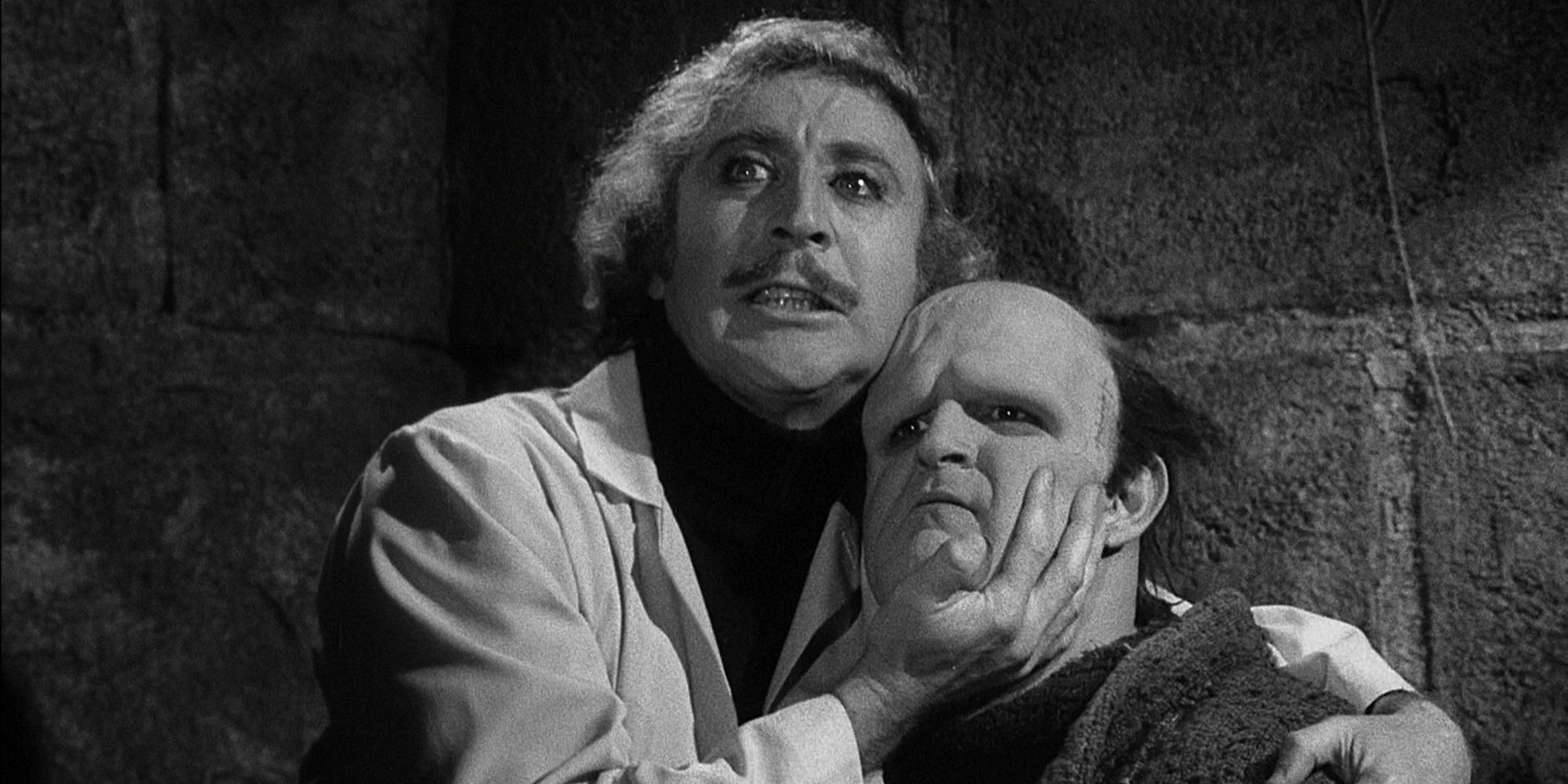
Although Young Frankenstein incorporates elements of various existing Frankenstein movies, primarily Son of Frankenstein, screenwriters Mel Brooks and Gene Wilder cooked up a wholly original Frankenstein story in order to parody the Mary Shelley classic.
Like all the best comedies, Young Frankenstein’s premise has a joke engine. It’s a familiar Frankenstein story with a twist: the latest Frankenstein to take up the sciences is embarrassed by his family legacy.
8 Frederick Frankenstein Is Ashamed Of The Extended Frankenstein Clan Explored In Universal’s Classics
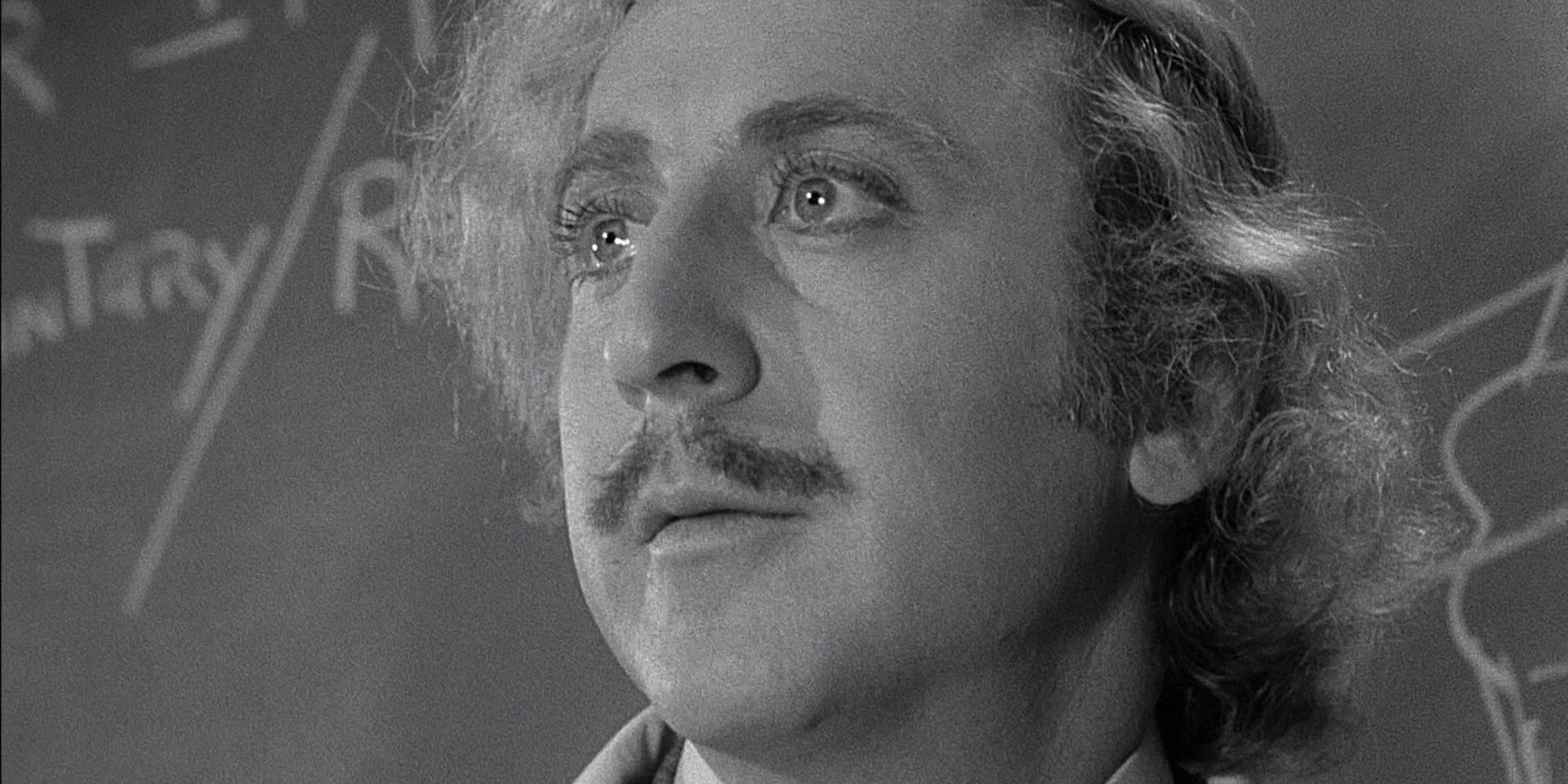
After the success of James Whale’s Frankenstein, Universal dragged out the franchise for every penny they could get, introducing audiences to the extended Frankenstein clan.
The lead character of Freddy in Young Frankenstein is humiliated by the pseudoscientific work of his relatives, as seen in Universal’s many sequels. He pronounces his name “Fronkensteen” to distance himself from his eccentric ancestors.
7 Mel Brooks Reused A Lot Of Iconic Props From The 1931 Classic
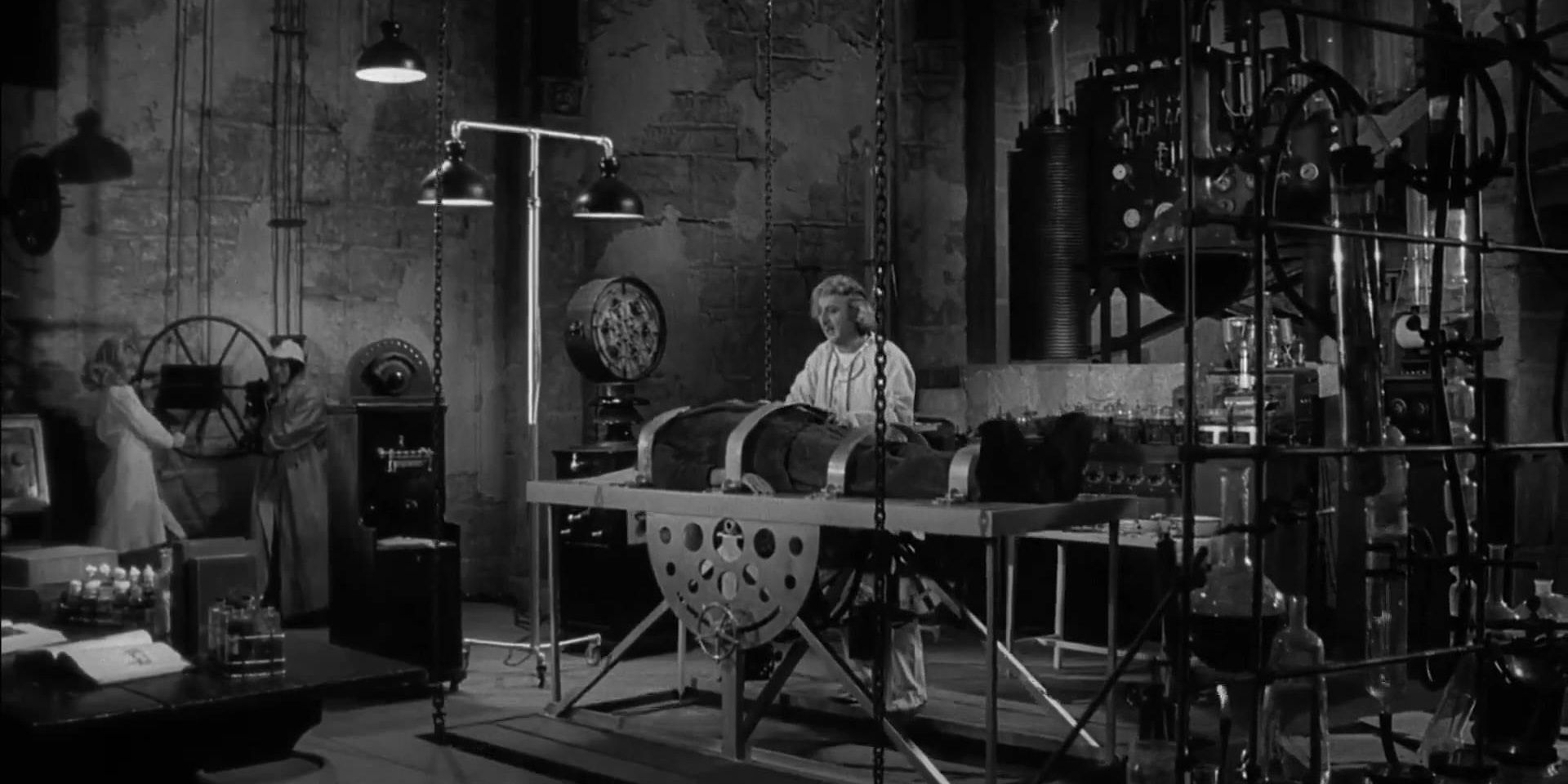
When he was dressing the sets for Young Frankenstein with creepy lab equipment, Mel Brooks managed to get a hold of a bunch of the actual props from the classic 1931 Frankenstein movie.
These iconic props created by Kenneth Strickfaden gave Young Frankenstein the same unmistakable aesthetic as the earlier classics it set out to parody.
6 Marty Feldman’s Iconic Portrayal Of The Character Igor
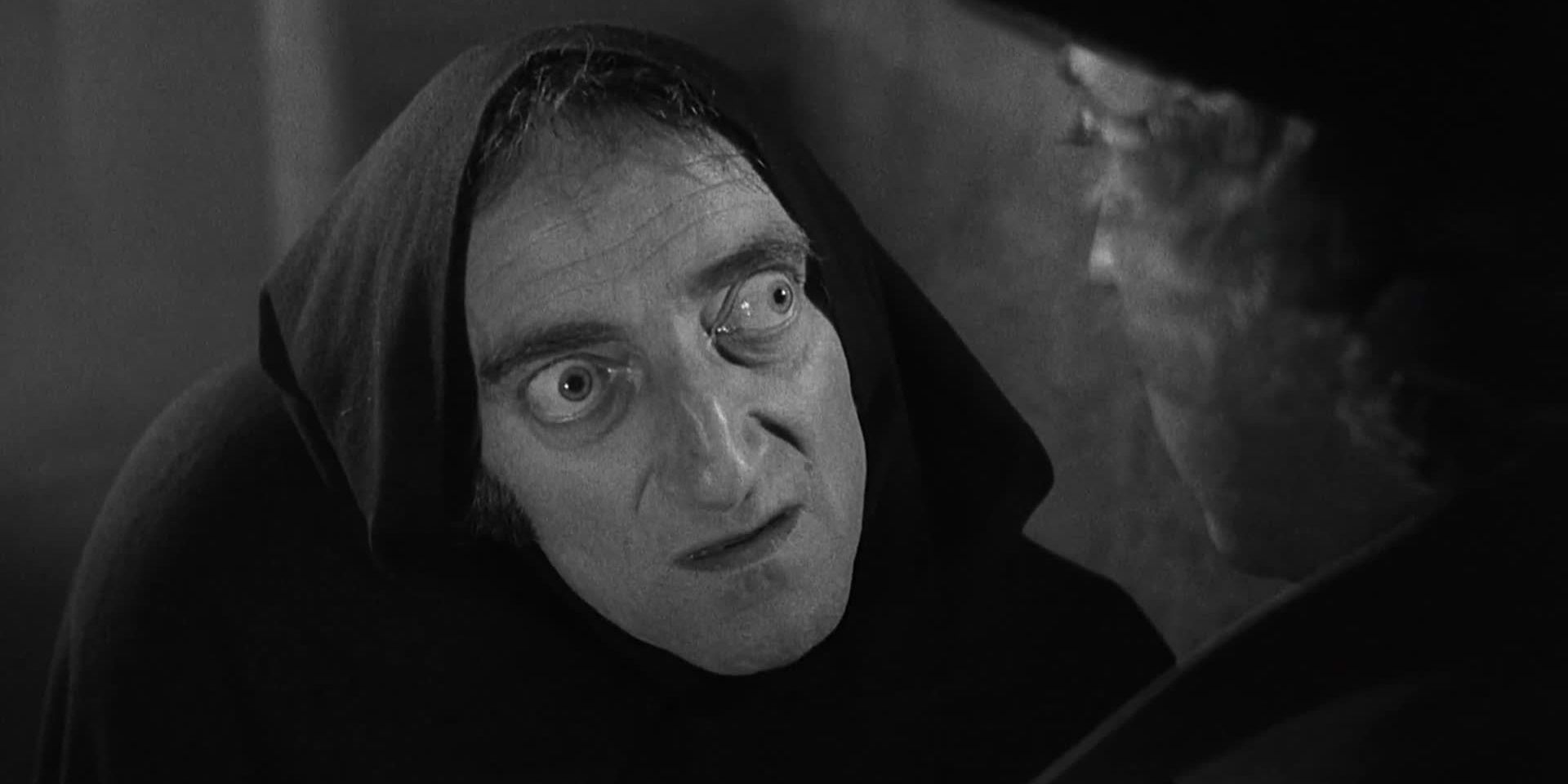
Igor is basically Dr. Frankenstein’s sidekick, but he’s usually a minor character. No actor had given a truly unforgettable performance as Igor until Marty Feldman came along with his hysterical comedic take on the character. Feldman’s Igor has some of the funniest lines in the movie, like “Walk THIS way.”
On top of delivering every line hilariously, Feldman also fooled the audience by deliberately switching which side Igor’s hump was on between takes.
5 There Are Subtle References To Other Universal Horror Movies
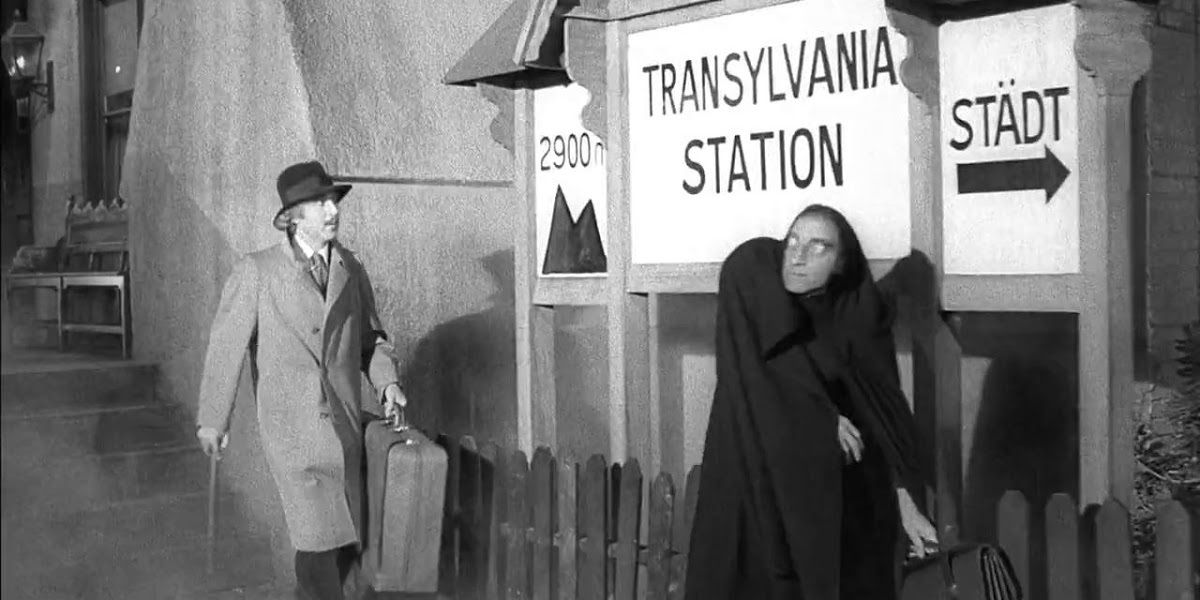
While Young Frankenstein is primarily a parody of Frankenstein movies, it also takes satirical aim at all the other classic Universal horror movies.
The story takes place in Transylvania, which is taken from Dracula lore and has nothing to do with Frankenstein, while the full moon in the sky (and Lon Chaney’s famous line “destiny, destiny”) suggests that the Wolf Man is on the loose.
4 Dr. Frankenstein Eventually Succumbs To The Same Hubris As His Ancestors
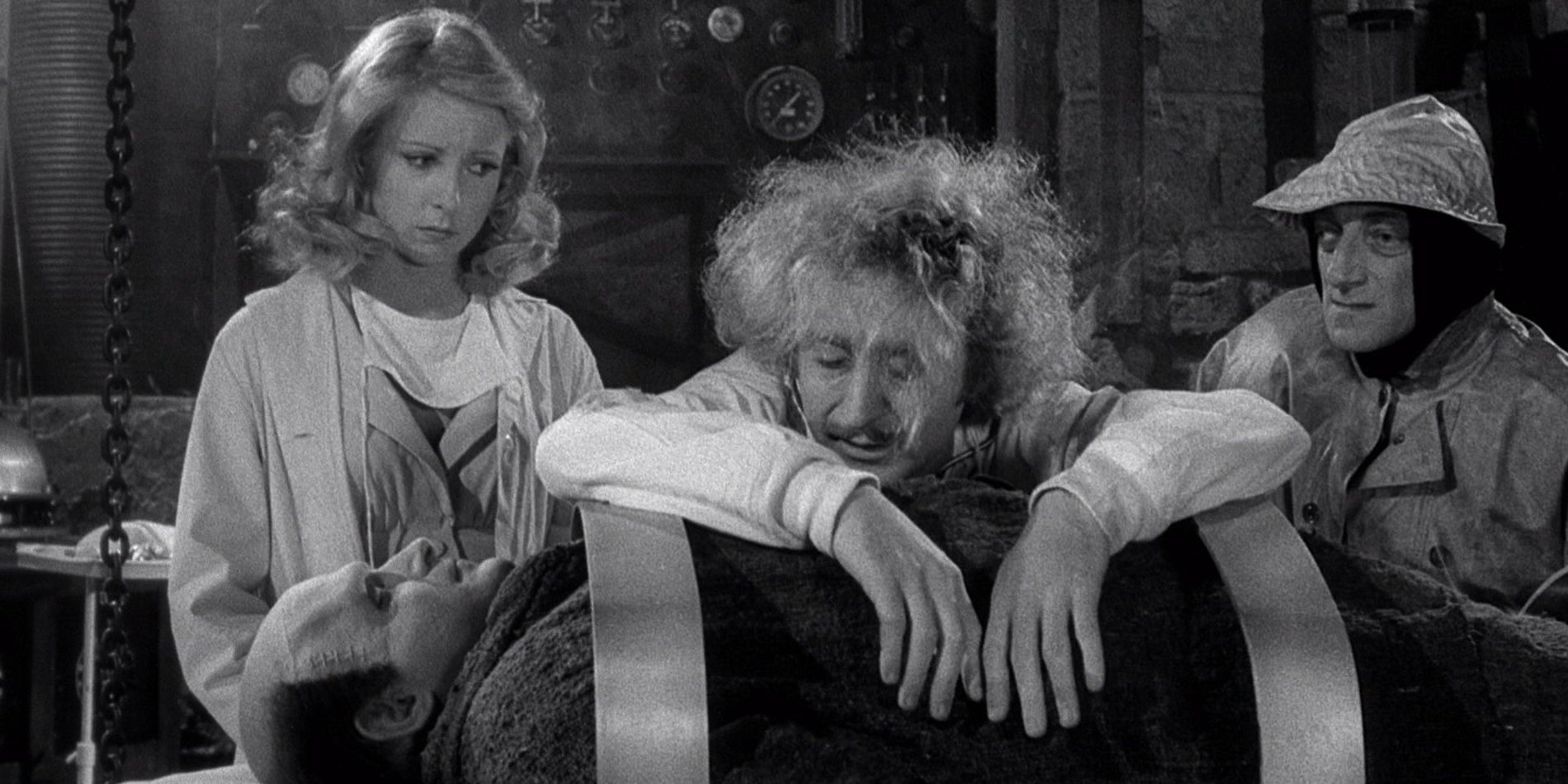
Ultimately, Frankenstein is a story about a dangerously egotistical scientist whose hubris drives him to play God without considering the consequences of tampering with nature.
Freddy in Young Frankenstein is initially embarrassed of his ancestors, but he eventually succumbs to the hubris that runs in the family and ends up making the exact same mistake.
3 Gene Hackman Cameos In A Great Riff On Bride Of Frankenstein’s Blind Man Scene
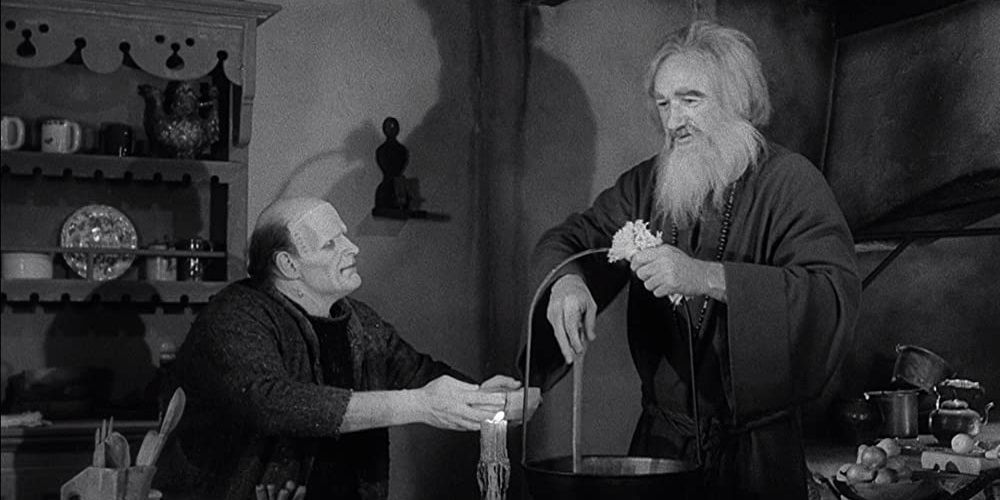
Frankenstein’s monster encounters a blind man in a hilarious riff on a similar scene from Bride of Frankenstein. A young Gene Hackman plays the blind man as very sweet and hospitable, but he keeps unwittingly injuring the monster.
Hackman improvised the scene’s hilarious punchline when the monster flees from his house: “I was gonna make espresso!” The scene fades to black immediately because the crew was in stitches.
2 Brooks Perfectly Recreated The Filmmaking Techniques Of The 1930s
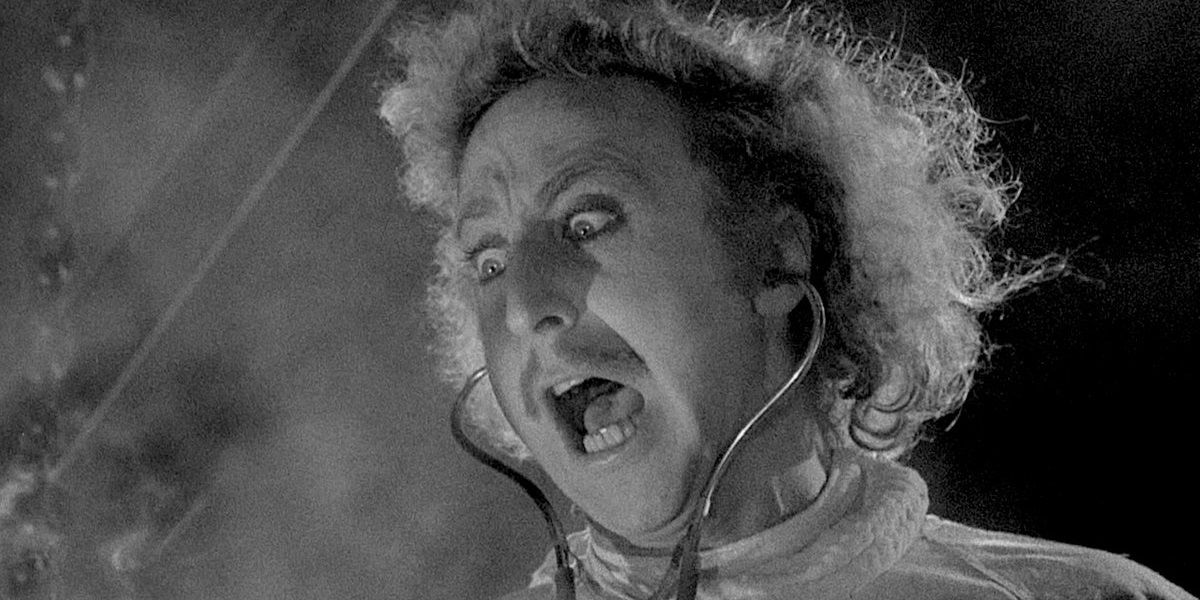
Mel Brooks perfectly replicated the filmmaking techniques of the 1930s in homaging the era’s horror classics. The director shot the movie entirely in black-and-white and utilized ‘30s-style credits sequences and scene transitions like wipes, irises, and mid-movie fades to black. Long-time Brooks collaborator John Morris also composed an authentically old-timey musical score for the movie.
Brooks’ recreation of the look of Universal Monsters movies is a more accurate homage to a bygone era of filmmaking than David Fincher’s Mank, which was designed to evoke Citizen Kane, but shot with a super-wide aspect ratio and lit like a modern color movie, not an old black-and-white movie.
1 The “Puttin’ On The Ritz” Sequence Is The Most Ridiculous Way Dr. Frankenstein Could Unveil His Diabolical Creation
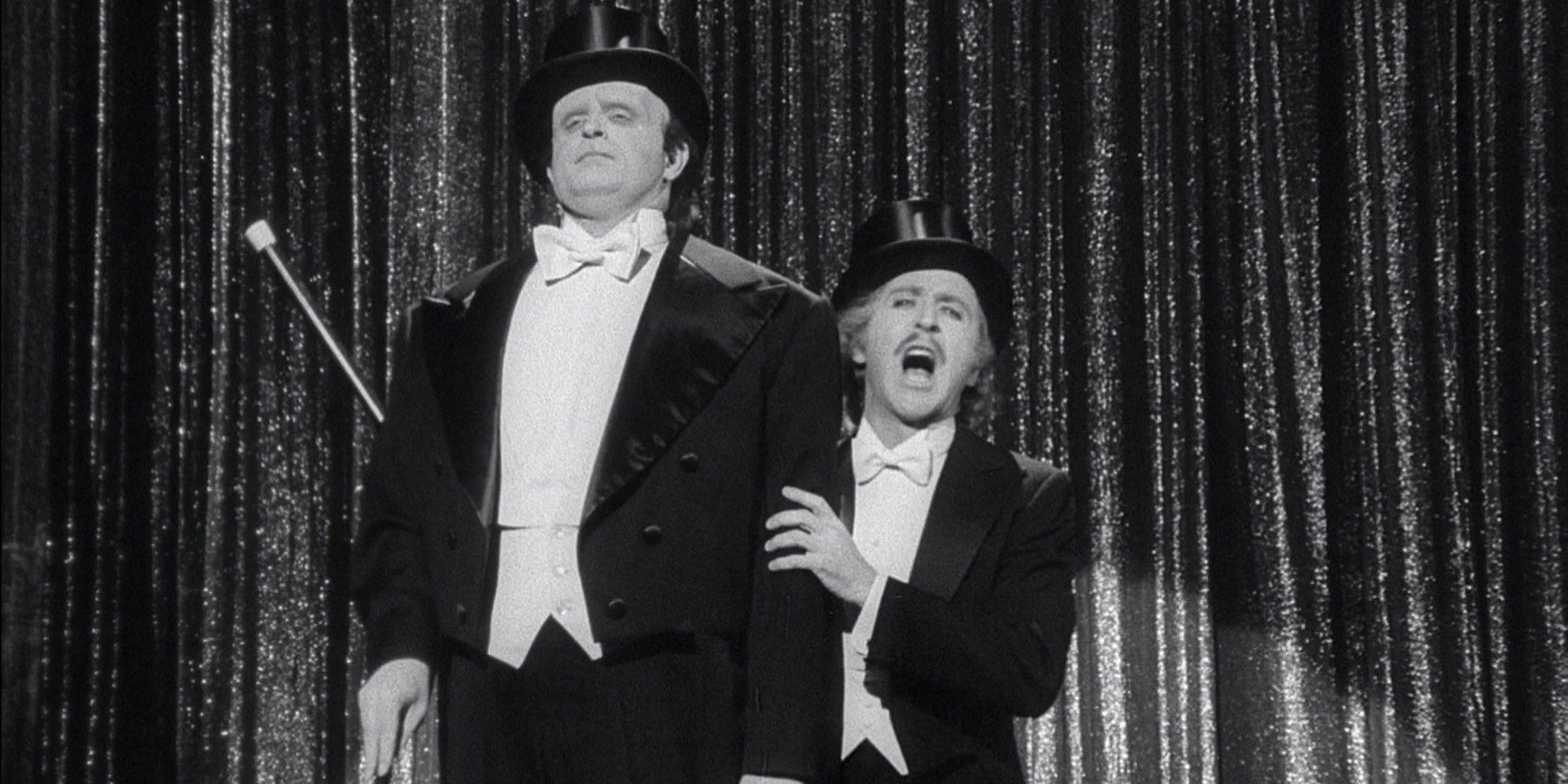
Easily the funniest scene in Young Frankenstein is when Dr. Frankenstein, like many incarnations of the character before him, unveils his monstrous creation to the larger scientific community.
In Brooks’ telling of events, Dr. Frankenstein introduces his monster to the world in the most delightfully ridiculous way possible: a duet of “Puttin’ on the Ritz.” When it’s the monster’s turn to sing, he just screeches at the top of his lungs – delivered brilliantly by the late, great Peter Boyle.
from ScreenRant - Feed https://ift.tt/2TxuxLd



0 Comments